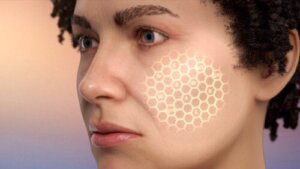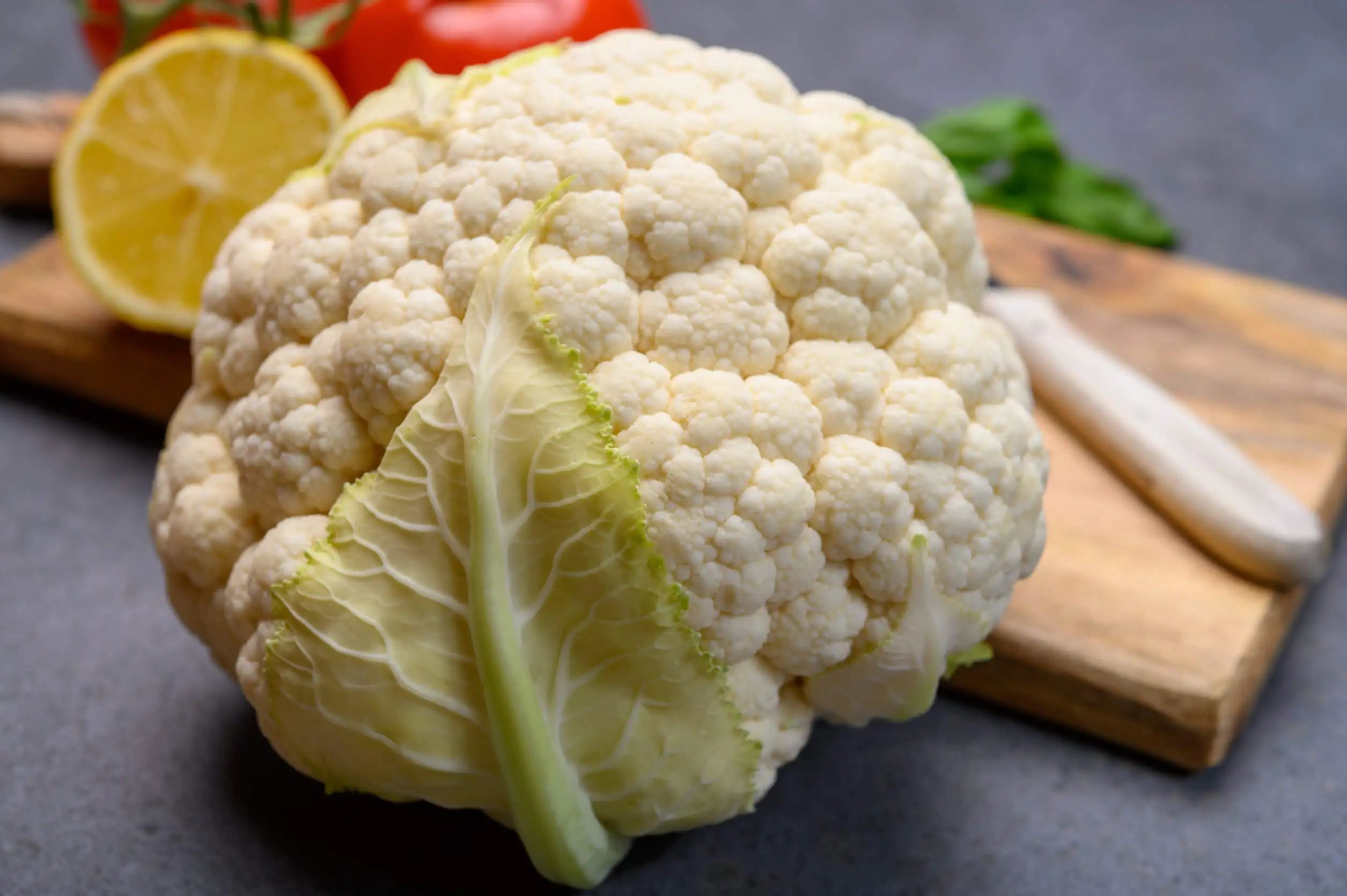Everything You Need to Know About Glutathione and its Effects


Reviewed and approved by the nurse Leidy Mora Molina
Glutathione has an antioxidant function, although it also plays other important roles in the body. As such, it’s involved in tissue repair, enzyme and hormone production, and the immune system, and it’s essential for the detoxification of the body.
In addition to being found in some foods, it can be administered topically, orally, intravenously, or even inhaled. This is done when its levels decrease due to factors such as age, poor diet, or diseases.
In this order of ideas, supplements are recommended to help in the treatment of some health conditions, such as Alzheimer’s, Parkinson’s, psoriasis, and fatty liver, among others. It’s also used for cosmetic purposes, to lighten the skin and combat aging.
What is glutathione, and where is it found?
Glutathione is a compound found in the body’s cells. It’s considered a tripeptide, since it consists of 3 basic amino acids, such as cysteine, glycine, and glutamic acid.
It’s naturally produced by the liver. However, certain foods, especially those with high sulfur content, can also stimulate its production.
These include the following:
- Garlic
- Onion
- Broccoli
- Cauliflower
- Bok choy
- Avocado
- Asparagus
- Seaweed
- Flax seeds
It should be noted that even when glutathione is found in these foods, processing (cooking and pasteurization) can affect concentrated levels. Similarly, there are factors that affect the natural production of glutathione. For example, this includes insomnia and stress, as well as cancer, HIV/AIDS, type 2 diabetes, and Parkinson’s disease.
In contrast, certain supplements promote or increase its presence in the body. Among them are curcumin, vitamins C and E, N-acetylcysteine, and selenium.

We think you may be interested in reading this, too: How To Reduce Cholesterol with Garlic: 3 Home Remedies
The benefits of glutathione
This tripeptide is a natural antioxidant. It’s involved in a variety of processes, including tissue repair, protein production, and immune system function.
For these reasons, some people consume or supplement with glutathione to protect against oxidation, strengthen the immune system, as well as treat various conditions.
Oxidative stress
This is a process that occurs when the production of free radicals increases or the body’s ability to fight them decreases. High levels can predispose to the development of some chronic diseases. Thanks to its antioxidant function, glutathione helps reduce the impact of oxidative stress.
Like this article? You may also like to read: Five Ways of Using Garlic to Treat High Blood Pressure
Cancer
Research indicates that endogenous antioxidant compounds, such as glutathione, can limit the effects of oxidative stress, which would be of great help in cancer prevention. Hence the importance of increasing their concentration through a good diet.
Uncontrolled diabetes
According to the results of a study, supplementation with cysteine and glycine can benefit people with uncontrolled diabetes, reducing oxidative stress and other damage related to this disease.
Insulin resistance
It has also been observed that, in general, increasing glutathione levels improves insulin resistance and fat burning, helping in weight control in older people, both those who are diabetic and non-diabetic.
Peripheral arterial disease
This is a condition that occurs when the peripheral arteries (almost always those in the legs) become clogged due to the accumulation of atheromatous plaque. According to one study, glutathione supplementation improves circulation, increasing the ability to walk longer distances without experiencing pain.
Alcoholic and non-alcoholic fatty liver
A deficiency of antioxidants affects cell turnover in the liver, which in turn can lead to fatty liver disease, whether they’re regular alcohol consumers or not.
However, glutathione helps increase bilirubin levels. According to research, this tripeptide was most effective when administered intravenously.
However, another study found that oral administration also has positive effects in people with non-alcoholic fatty liver disease when accompanied by positive lifestyle changes.
Autoimmune diseases
In the case of autoimmune diseases, such as lupus, celiac disease, and rheumatoid arthritis, chronic inflammation increases oxidative stress. Therefore, according to research results, glutathione can help.
Respiratory diseases
In the case of respiratory diseases, such as asthma, chronic obstructive pulmonary disease (COPD), and cystic fibrosis, inhaling N-acetylcysteine affects glutathione levels, which helps thin mucus, making it less pasty for easier removal.
Parkinson’s disease
One study documented that intravenous glutathione is effective in managing symptoms such as tremors and rigidity in Parkinson’s disease, helping to improve patients’ quality of life.
Children with autism
In children with autism, there are lower levels of this tripeptide in the brain, so more oxidative damage is observed. However, evidence found in a clinical trial, in which glutathione was applied transdermally, suggests that there is an improvement in plasma cysteine and sulfate levels in these patients.
Other diseases
There have been studies of the use of glutathione to treat other diseases, such as psoriasis, Lyme disease, Alzheimer’s, osteoarthritis, cataracts and glaucoma, heart disease, and hepatitis. However, more data is needed to confirm its effectiveness in this regard.
Cosmetic uses
Glutathione also inhibits melanin production. Hence, this antioxidant is found in products such as soaps and creams, which are promoted as a solution to help lighten the skin.
It’s even the practice in some places to inject this compound. However, this use isn’t regulated by health agencies, which also warn about its potential risks.

Side effects, risks, and interactions
Research on the side effects of glutathione supplements is not abundant, which is why little data are available, except for some anecdotal reports.
Possible side effects include the following:
- A rash
- Liver dysfunction
- Abdominal cramps
- Low zinc levels (long-term)
- Thyroid gland imbalances
- Shortness of breath (when inhaled)
Moreover, it’s not known how safe it may be during pregnancy or lactation. Caution is advised in its use during these stages.
How much glutathione can you consume?
There is also no agreement or precise indication as to how much glutathione should be consumed. In this regard, it’s considered that the appropriate dose will depend on various factors, such as age, sex, and medical history.
It’s known, however, that less is absorbed orally compared to intravenously or by inhalation. This is because gastric acids, as well as enzymes produced by the liver, degrade this substance.
The best recommendation is to seek medical advice if you plan to use glutathione supplementation.
All cited sources were thoroughly reviewed by our team to ensure their quality, reliability, currency, and validity. The bibliography of this article was considered reliable and of academic or scientific accuracy.
- Arosio E, Marchi S, Zannoni M, Prior M, Lechi A. Effect of glutathione infusion on leg arterial circulation, cutaneous microcirculation, and pain-free walking distance in patients with peripheral obstructive arterial disease: a randomized, double-blind, placebo-controlled trial. Mayo Clinic Proceedings. 2002; 77(8): 754-759.
- Dentico P, Volpe A, Buongiorno R, et al. Il glutatione nella terapia delle epatopatie croniche steatosiche. Recenti Prog Med. 1995; 86(7-8): 290-293.
- Honda Y, Kessoku T, Sumida Y, et al. Efficacy of glutathione for the treatment of nonalcoholic fatty liver disease: an open-label, single-arm, multicenter, pilot study. BMC Gastroenterol. 2017; 17(1). doi: 10.1186/s12876-017-0652-3.
- Llacuna L, Mach N. Papel de los antioxidantes en la prevención del cáncer. Revista Española de Nutrición Humana y Dietética. 2012; 16(1): 16-24.
- Perricone C, De Carolis C, Perricone R. Glutathione: a key player in autoimmunity. Autoimmun Rev. 2009; 8(8): 697-701.
- Prussick R, Prussick L, Gutman J. Psoriasis Improvement in Patients Using Glutathione-enhancing, Nondenatured Whey Protein Isolate: A Pilot Study. J Clin Aesthet Dermatol. 2013; 6(10): 23-26.
- Rose S, Melnyk S, Pavliv O, Bai S, Nick T, Frye R, James S. Evidence of oxidative damage and inflammation associated with low glutathione redox status in the autism brain. Transl Psychiatry. 2012; 2(7). doi: 10.1038/tp.2012.61.
- Sekhar R, McKay S, Patel S, et al. Glutathione synthesis is diminished in patients with uncontrolled diabetes and restored by dietary supplementation with cysteine and glycine. Diabetes Care. 2011; 34 (1): 162–167.
This text is provided for informational purposes only and does not replace consultation with a professional. If in doubt, consult your specialist.








